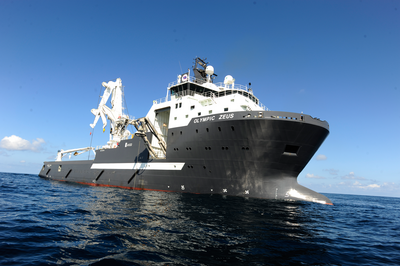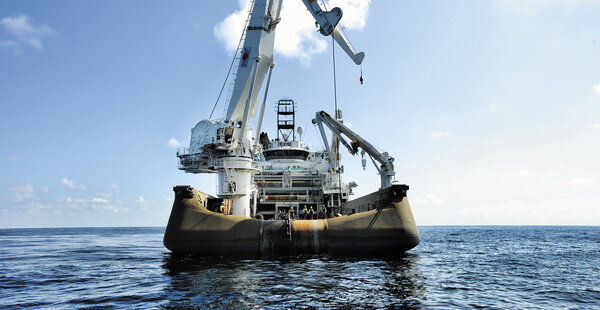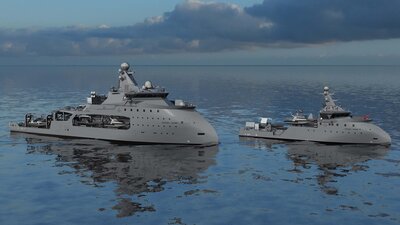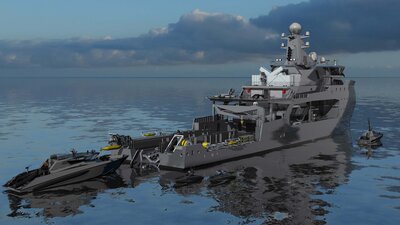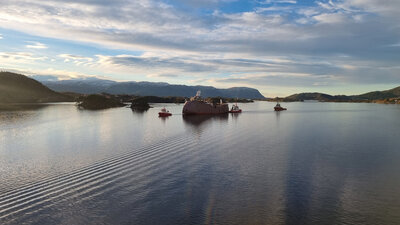After a number of jobs, we've proven to the market that we, on average, can run the ship on 70 per cent of the fuel that a conventional diesel anchor handler and save up to 70 per cent in some modes compared to a conventional ship.
The concept of the "Ulstein hybrid propulsion system" in the 'Olympic Zeus' and 'Olympic Hera' has taken the potential of the rather complex hybrid propulsion concept to entirely new performance levels and reduced the environmental impact.
The concept combines the best properties of DE (diesel-electric) and DM (diesel mechanic) into one system. This includes DM attributes of higher efficiency and better performance at high loads, along with the DE trait of excellent fuel consumption at low loads. Hybrid propulsion is, therefore, the perfect match for the operation profile of anchor-handling vessels like the Olympic Zeus and the Olympic Hera.
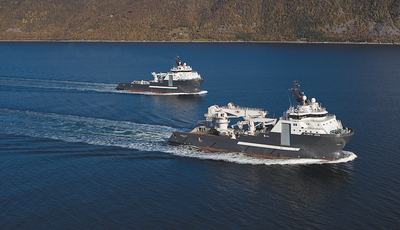
Clients were amazed
The feedback from clients so far has been nothing short of amazing:
"They didn't think working with such low power consumption was possible."
The Ulstein hybrid propulsion concept combines higher efficiency and better performance at high loads with excellent fuel consumption at low loads. Hybrid propulsion is the perfect match for the operational profile of anchor-handling tug supply/offshore construction vessels.
The Olympic Zeus and sister vessel Olympic Hera, both of the A122 design from Ulstein, have significantly reduced fuel oil consumption and carbon footprint than any anchor handling tug supply (AHTS)/offshore construction vessels before them. Combining the medium-sized diesel-mechanical and diesel-electric systems into one large hybrid propulsion system takes up less space and is less expensive than a large diesel-electric system. Compared to similar-sized vessels, fuel savings of up to 70 per cent have been recorded, depending on the mode of operation.
"After a number of jobs, we've proven to the market that we, on average, can run the ship on 70 per cent of the fuel that a conventional diesel anchor handler and save up to 70 per cent in some modes compared to a conventional ship," says Olympic Shipping senior vice president Runar Stave.
